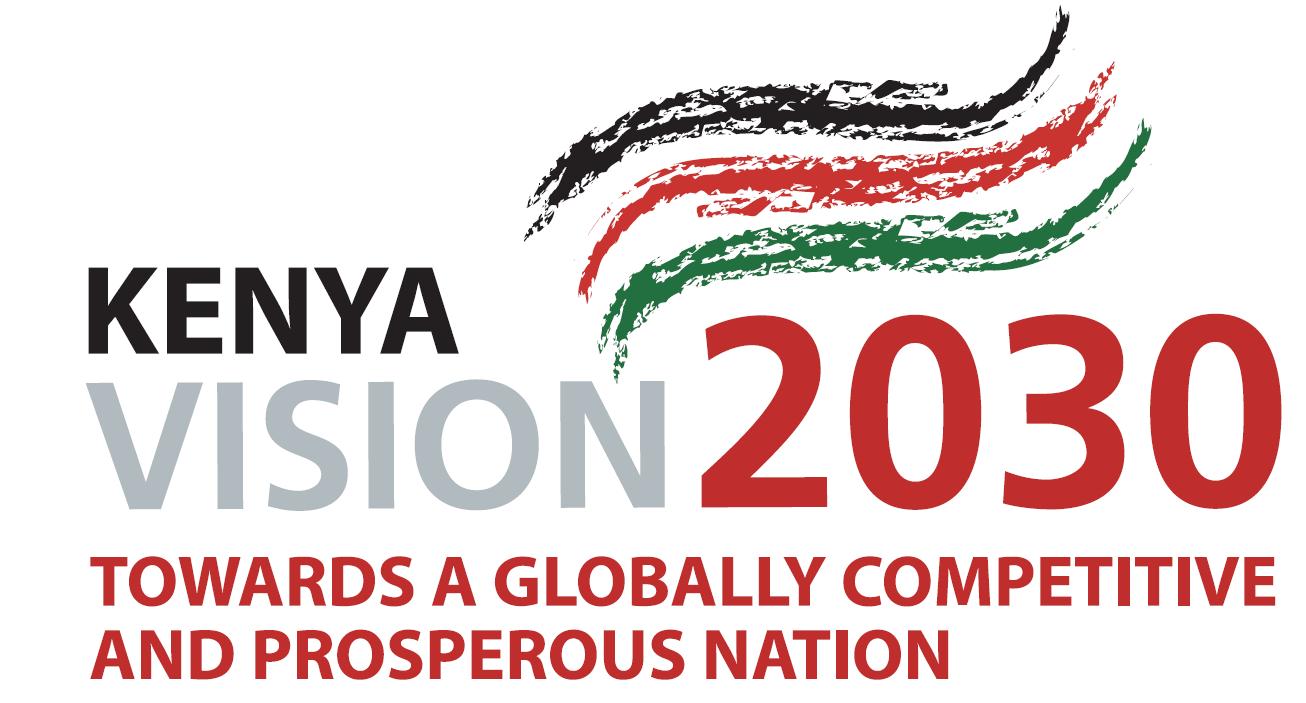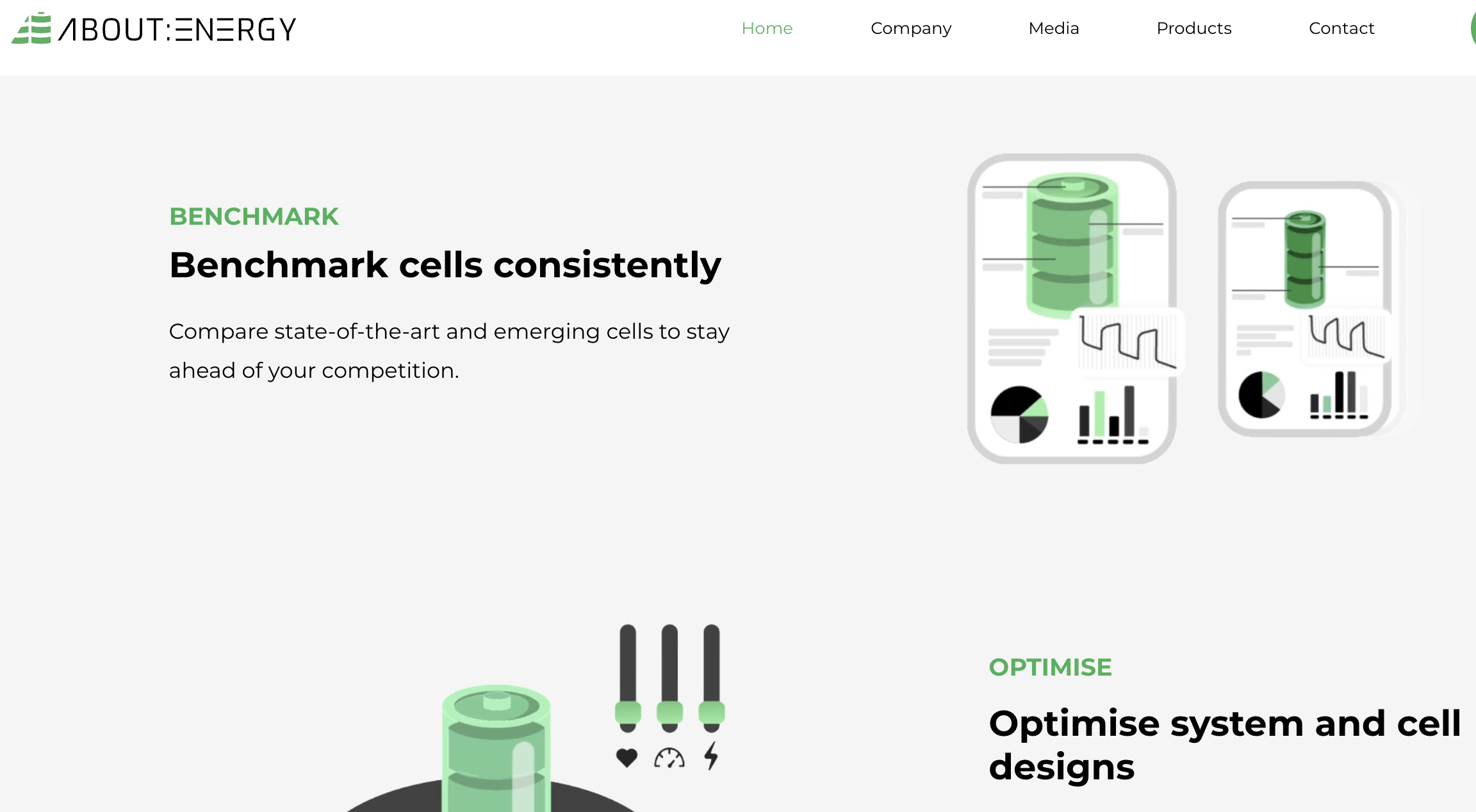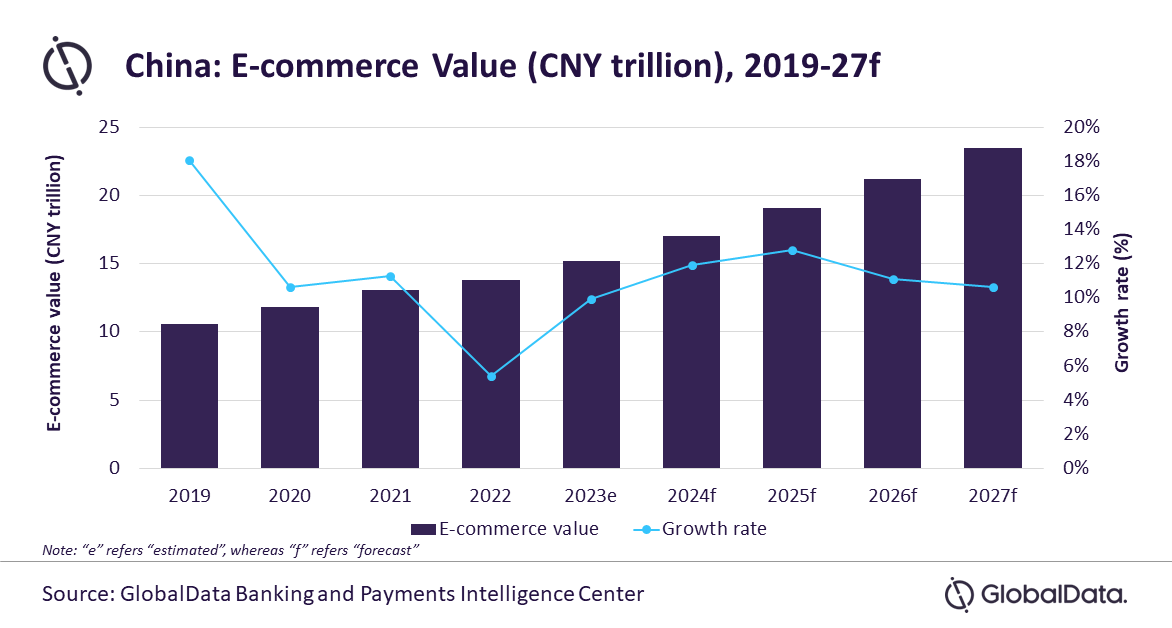In the recent past of Kenya’s history, we as a country have faced instances where rains do not come as expected and our food baskets fail to fill as a result of this. While most in urban and semi-urban areas may not feel the full effect of the lack of rains apart from the smaller pinch associated with slight increase in the cost of foodstuffs, many Kenyans – estimated at around 1.6 Million – risk starvation in 23 of the recently formed 47 counties that make up Kenya.
What the country then does is appeal for food aid from donors or other governments in the region as well as globally to avert a huge foreseeable crisis. This happened more recently where we saw the activation of the #Kenyans4Kenya initiative to feed our less fortunate brothers and sisters in the arid and semi-arid areas of Kenya.

To combat this, the Vision 2030 blueprint actually included a strategy to reduce the impact of food insecurity in Kenya by introducing the Galana-Kulalu Food Security Project, a project meant to transform Kenya into a country that could effectively and effeciently feed itself at all times withou having to rely on emergency international or local intervention.
The Galana-Kulalu Food Security Project, powered through Kenya’s National Irrigation Board, is key for Kenya since the country is seen as one of Africa’s most forward-thinking economies with a stable government that empowers the 2 largest intersecting populations; the youth and the middle class, into an educated, financially-thriving, self sufficient part of the eco-system.
For this who may not be aware, what the Galana-Kulalu Food Security Project does or rather has been doing is to create and effect a consistent irrigation mechanic in the rain-scarce arid and semi-arid regions of Kenya to ensure that Kenya does not only product food when there is rainfall. Infact, the project is here to teach us how to ‘Adjust our sails when the wind does not blow in our direction’, as the old adage goes.
Where is the Project located? Well, the Galana-Kulalu project is situated primarily in two counties towards the southern Easters side of Kenya in both Kilifi and Tana River County. Recognizing that maize (Ugali) is Kenya’s main staple diet, the project has largely advanced to increase maize production in those 2 counties in order to provide a surplus in the market. As per basic economic laws, this inadvertently drives the cost of maize-related products down making it easier for more poor and middle income families to remain fed in a healthy way and to continue powering Kenya’s economy through hard work.
Exactly How big is this Galana-Kulalu Food Security Project? The entire project spans a total of one and three quarters (1.75) Million Acres of land with roughly 1.2 Million acres of land water-fed through irrigation to maximise the output of the earth.
What has been the impact so far? Is this project showing any positive output? Yes, it is. The first harvest from this Galana-Kulalu Food Security Project produced 20,000 bags of maize harvested from a paltry 165 Acres with a production cost less than KES 1,000 per bag. This KES 1,000 per bag investment is approximately 7 percent less that what it costs small scale farmers to produce maize on smaller farms. Again, economies of scale at play here which means the project makes money-sense.
Future Plans? Anyone who would not want to replicate a success story would be, well, not very smart. That is why the Government wants to replicate the Galana-Kulalu Food Security Project in other parts of the country with irrigation potential such as:
- Kerio and Turkwell basins in Turkana and West Pokot County
- Daua basin in Mandera
- Ewaso Nyiro North in Isiolo and Marsabit
- Great Bura in Tana River
- Kitui, Garissa and Thwake Dam in Makueni County
When these ones are done, the total land under irrigation will be close to 500,000 acres and this will be felt in instances such as the downward trend of inflation for producing staple item in surplus as well as increased output from more satisfied-and-less-hungry Kenyans whose hands and hearts are required to move the economy forward.





